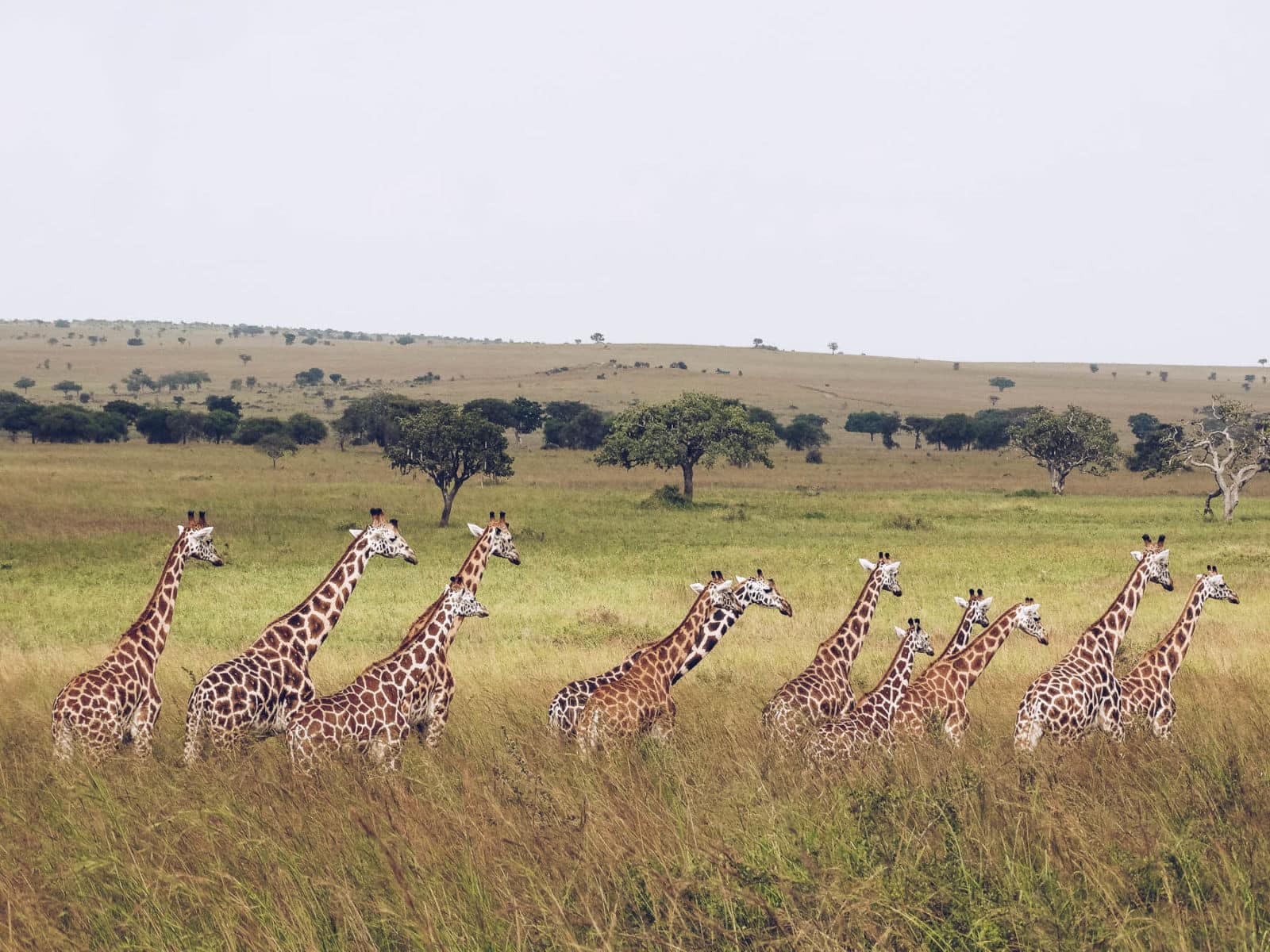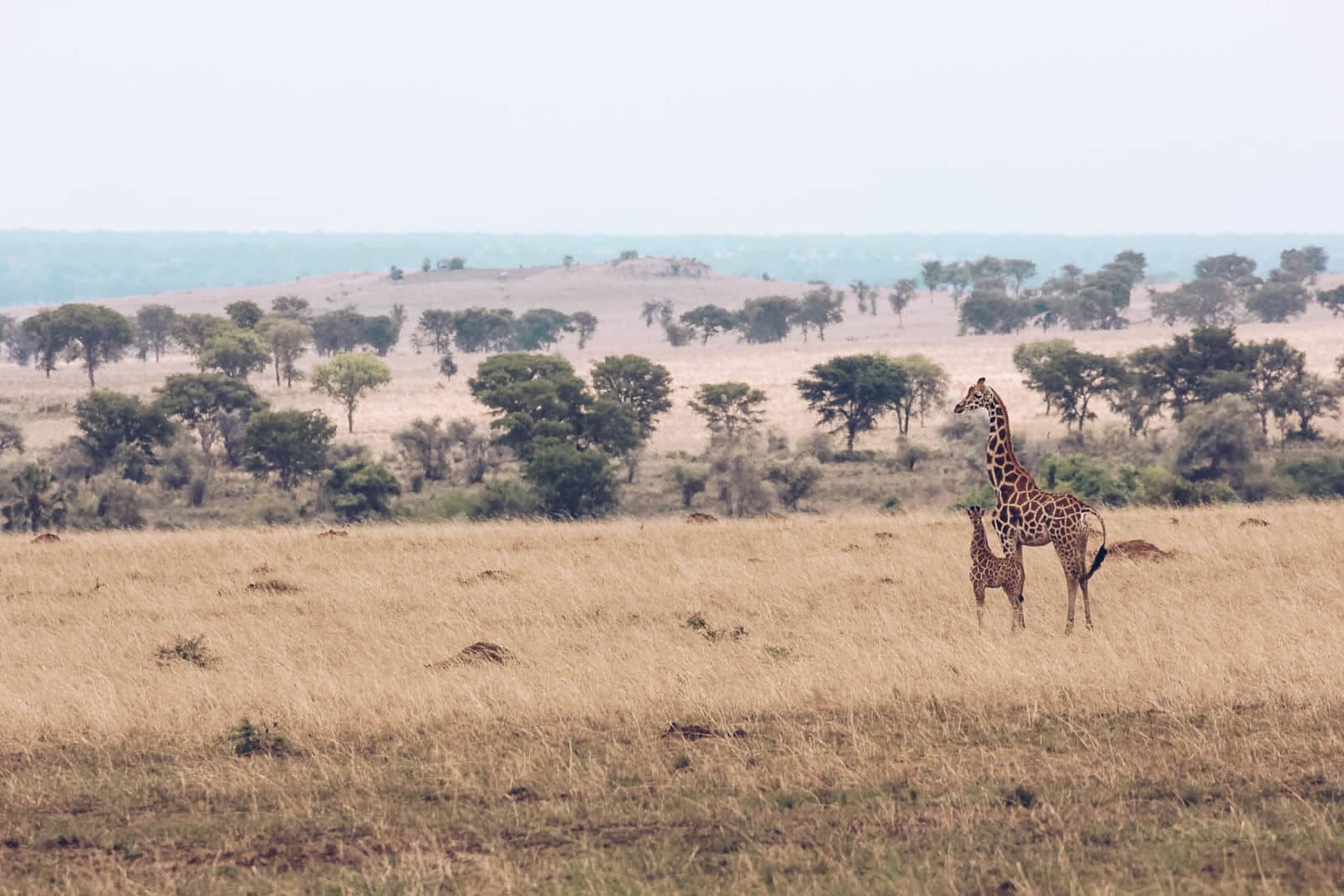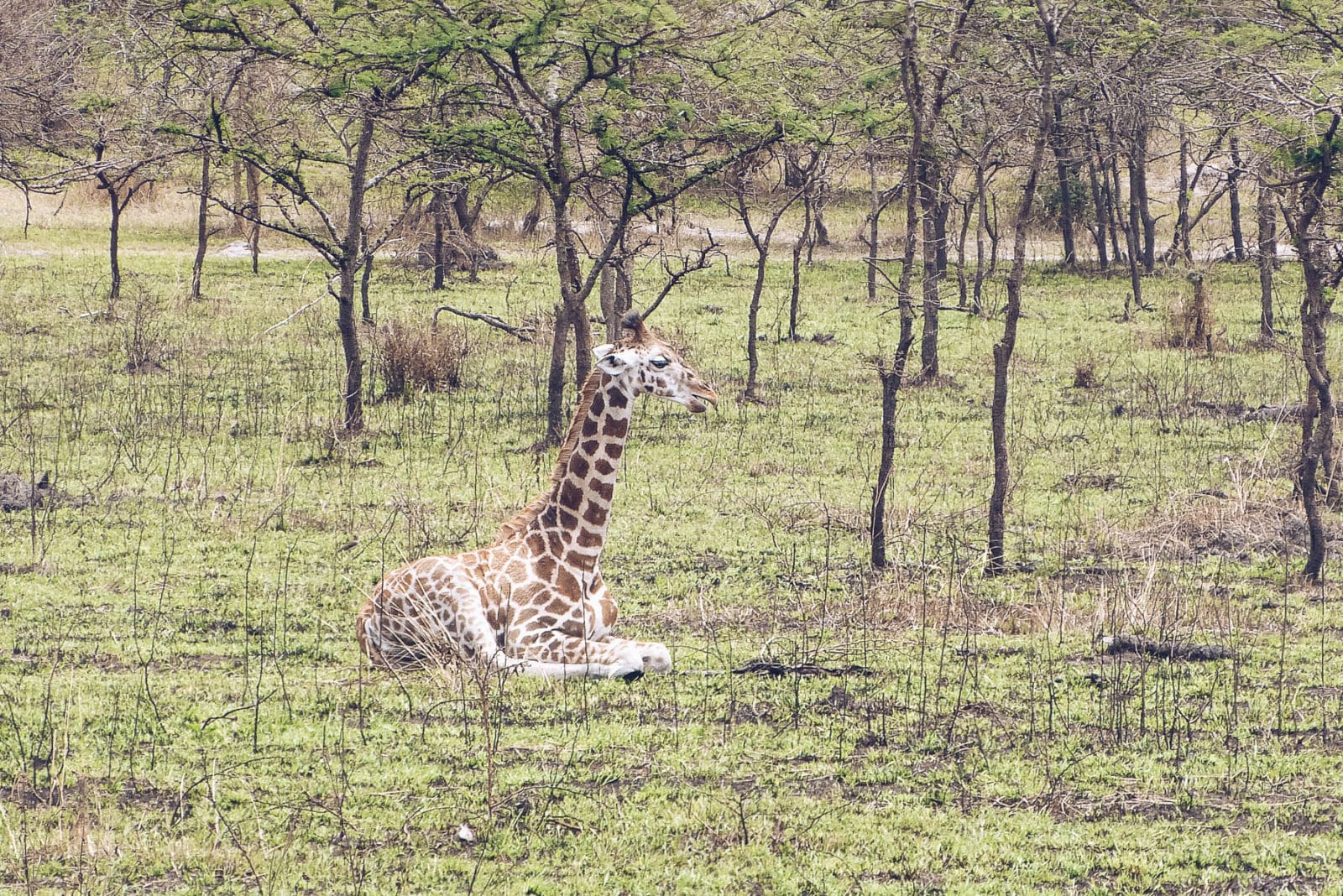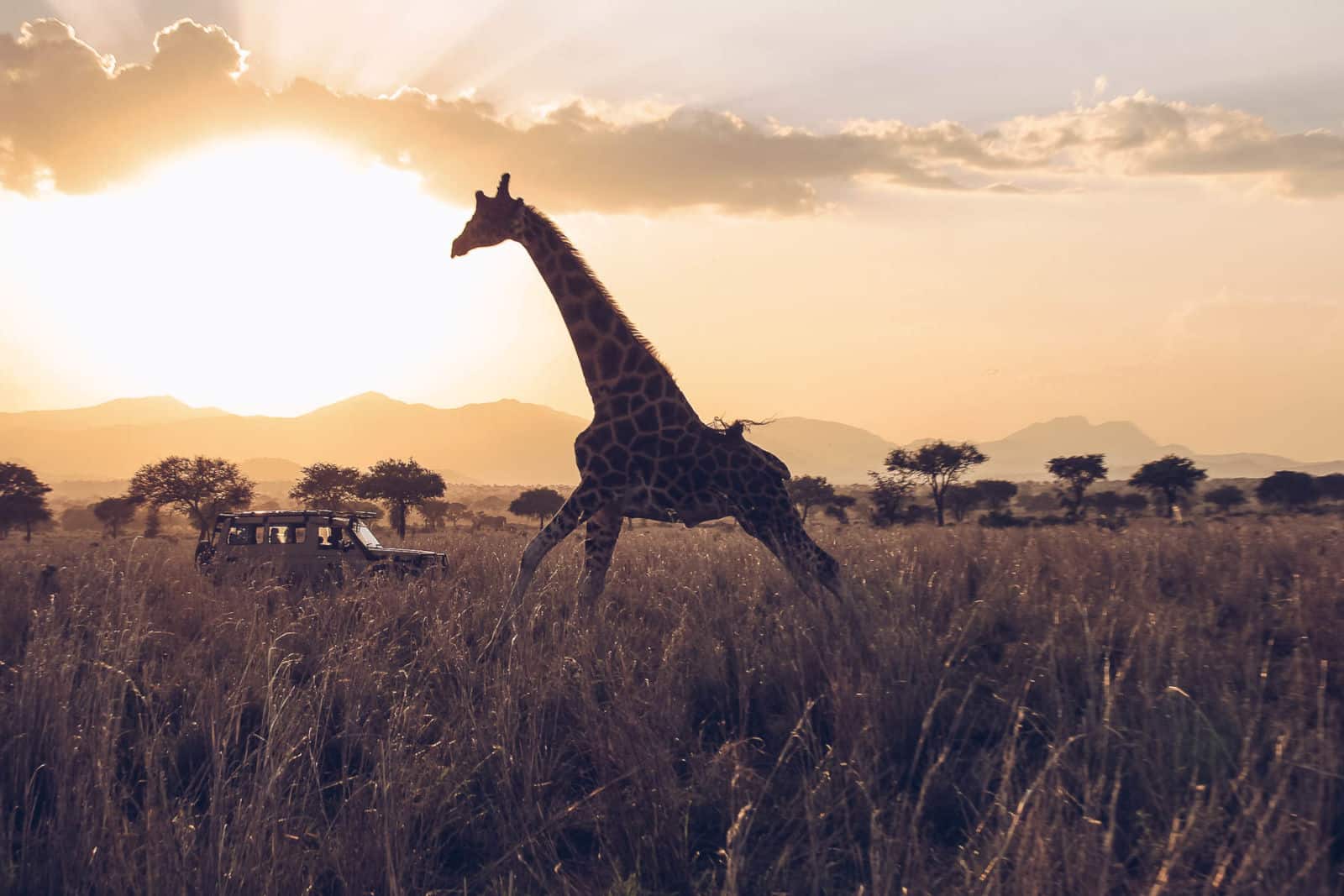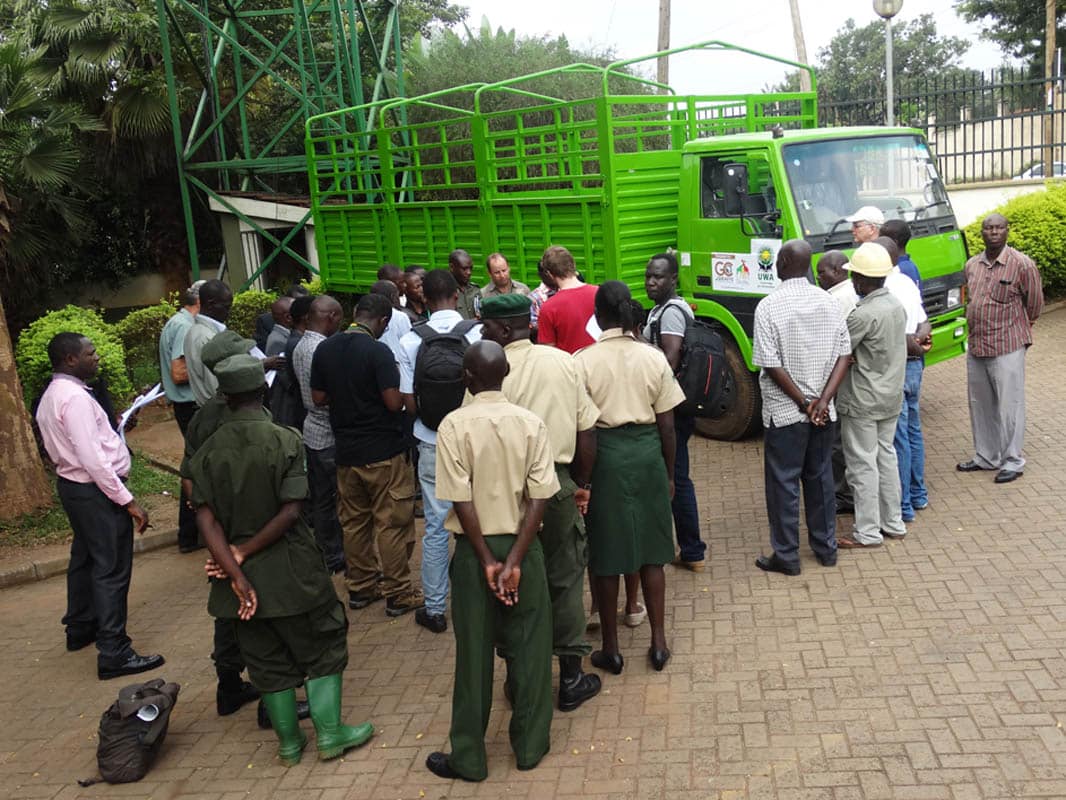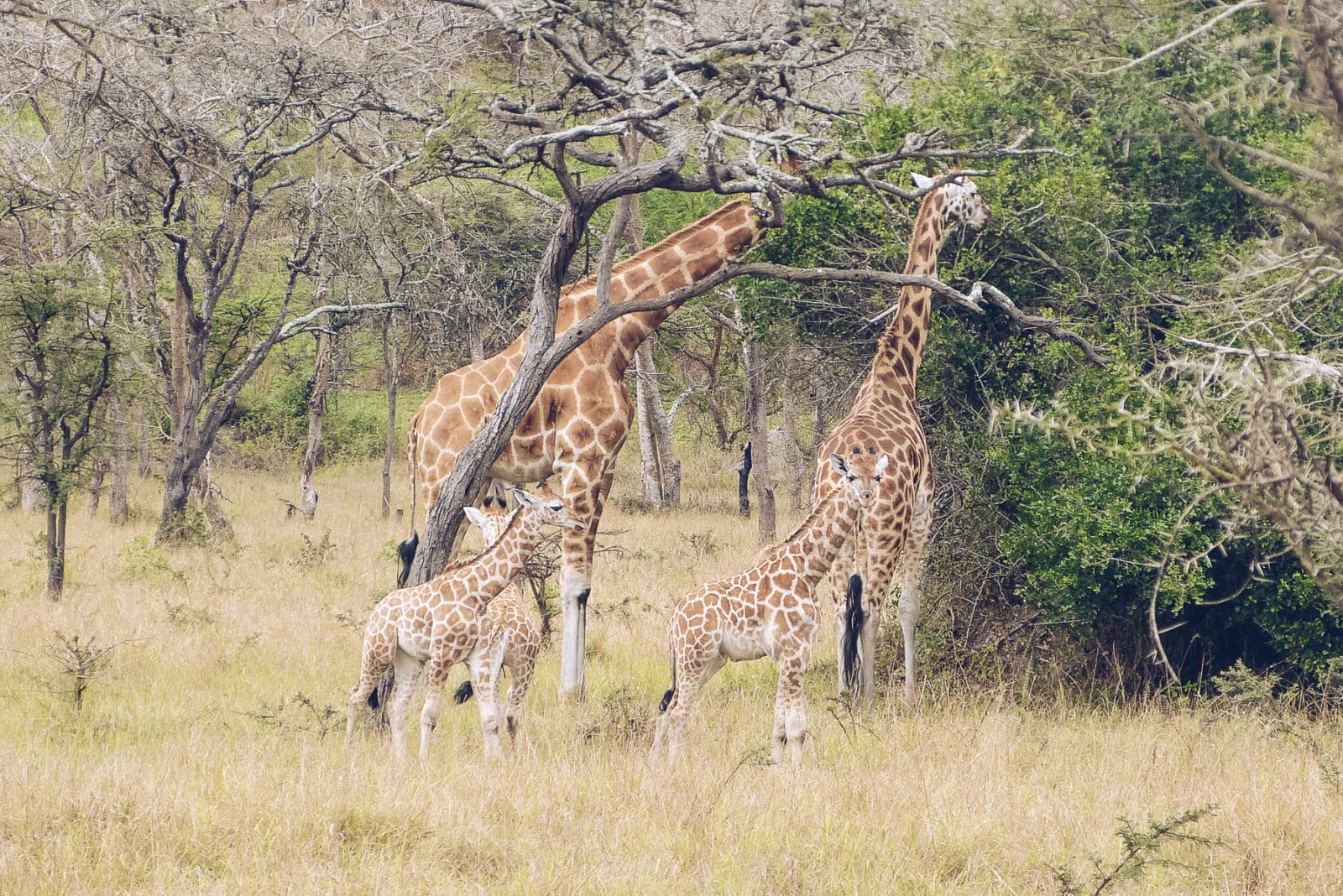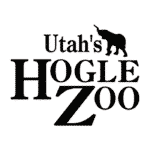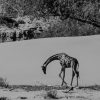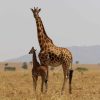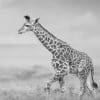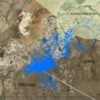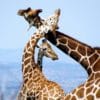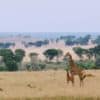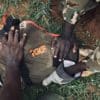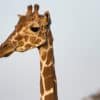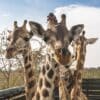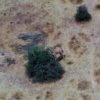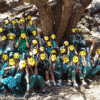Murchison Falls National Park
With a recent estimate of 1,550 adult giraffe, the northern part of Murchison Falls National Park hosts by far the largest population of Nubian giraffe and is therefore at the centre of our Uganda programme. GCF has implemented a long-term study on giraffe numbers, their distribution and ecology in close collaboration with UWA and Dartmouth College since 2013.
With recent discovery of oil in the park and only separated from the Democratic Republic of Congo by the mighty River Nile, poaching (mainly snaring) is a major threat to all wildlife including giraffe. While giraffe are not a target species, they are collateral damage in wire traps. GCF is working closely with UWA to monitor giraffe numbers and movements, as well as providing directly anti-poaching and de-snaring support. The programme helps to provide a solid baseline to assess their long-term monitoring and proactively adapt to potential threats through oil exploration.
An important tool to secure a sustainable future for giraffe in Uganda is to increase their range within the country by establishing viable satellite populations. In January 2016, UWA with support from GCF successfully translocated a first group of 18 over the Nile River to the southern bank – Operation Twiga I. This new Nubian giraffe population was further augmented in August 2017, when 19 more giraffe were moved across the Nile River in Operation Twiga II. GCF provided significant financial support to both translocations, largely through funding raised during World Giraffe Day 2015 and 2018. After several births, the new population is now estimated at 45 individuals, indicating a solid and sustainable Nubian giraffe population in this part of the Park.

